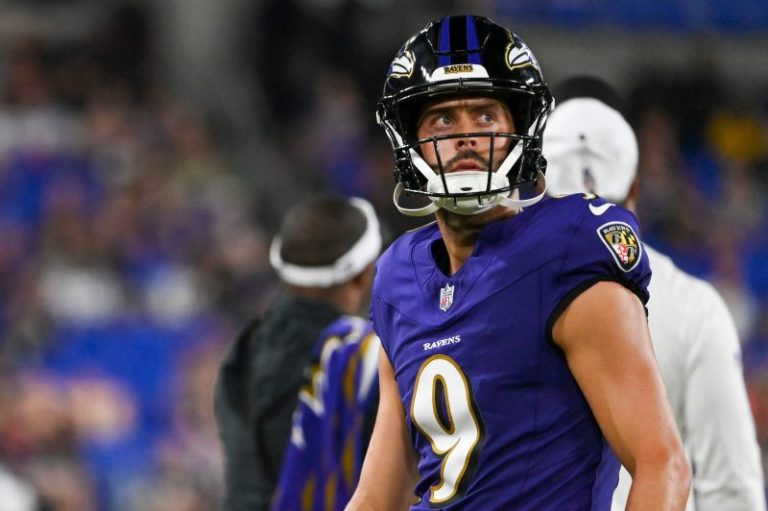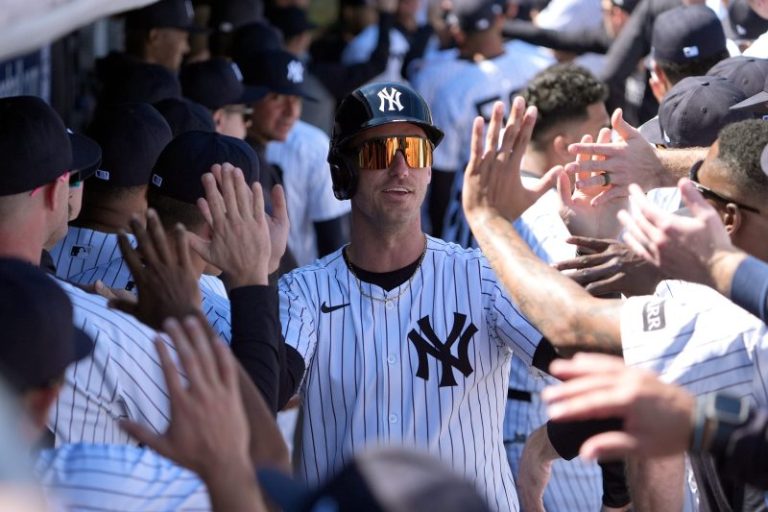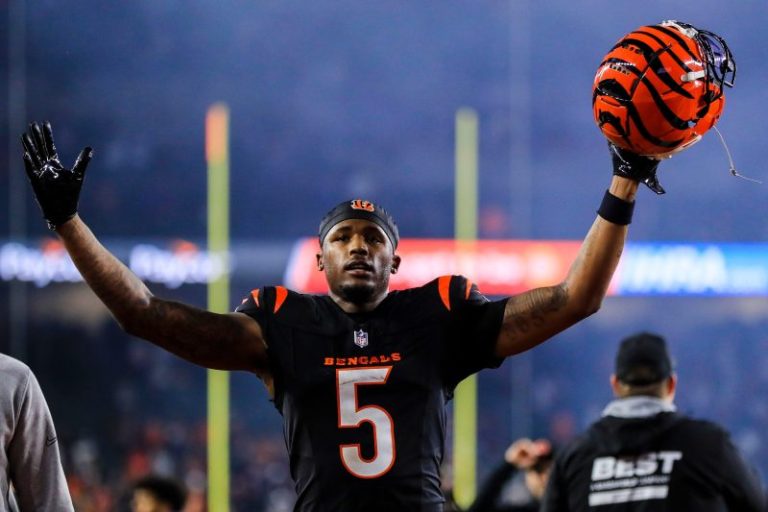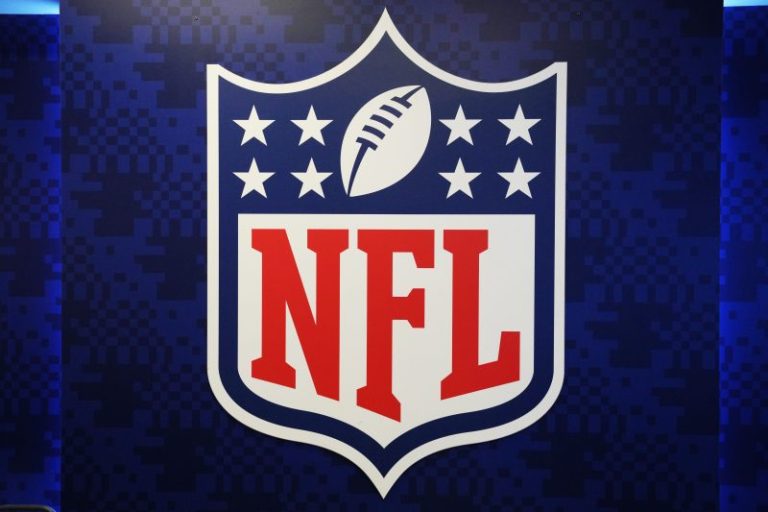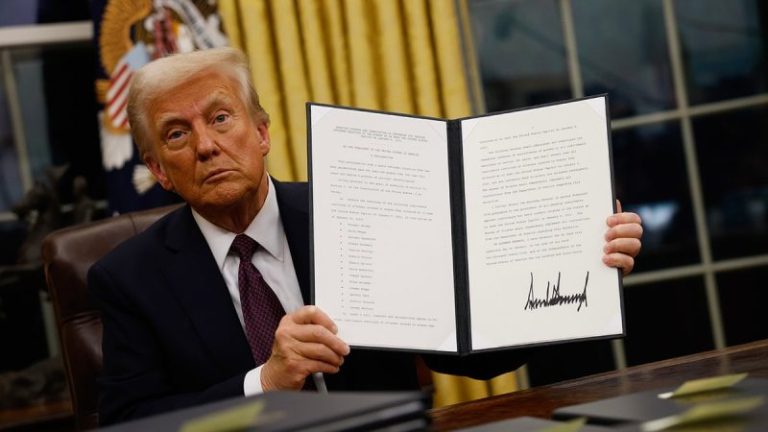TAMPA, Fla. – In almost every sense, the tradition-bound New York Yankees adopted the necessary modern trappings of baseball.
Their manager, Aaron Boone, is occasionally criticized for hewing too tightly to the team’s analytical gameplan. Their hitters can walk outside their clubhouse and get in the box in against a Trajekt machine, which can simulate the deliveries of every major league pitcher.
And at Yankee Stadium, the volume is cranked to 11, a game experience that might split the ears of their more staid customers but creates an energetic vibe for their younger ones.
Yet they truly didn’t join the 2020s – heck, even the 21st century – until Friday morning.
That’s when owner Hal Steinbrenner stepped in front of a team meeting filled with dozens of players, coaches and club personnel and gave the green light to growth.
Follow every MLB game: Latest MLB scores, stats, schedules and standings.
Since 1976, Yankees players and field personnel could not grow beards, could not let their hair down to shoulder level, and celebrated – or, in many cases, bemoaned – a trade or signing with the club by altering their appearance.
It was a heavy issue internally: Steinbrenner’s father, George, called upon his military background to ensure the Yankees maintained a classic look. It was a battle that was hard-fought in the counter-culture vibes of the 1970s, and somehow endured through external mockings from fans, rivals and even ‘The Simpsons.’
Yet The Boss passed away in 2010, and Hal has ever since tried to honor his father’s wishes while also earning eternal comparisons to him. That the policy lived on 15 years after George’s passing isn’t altogether surprising.
Yet there is a fine line between classy and constricting, between extending a sepia-toned brand and ensuring you’re not missing out on a player because, all things being equal, they’d rather not burn their face to keep their superiors happy.
Monday, Steinbrenner sat down with Yankees of all stripes and service time, most notably what he described as their most influential leaders: MVP Aaron Judge, former Cy Young Award winner Gerrit Cole and veteran slugger Giancarlo Stanton.
By Friday, he’d decided to usher the Yankees into modernity.
“The policy that was in place was outdated and, given how important it is to that generation and in the norm in the world today, somewhat unreasonable,” Steinbrenner said in a news conference Friday at the field named for his father, hours before the defending American League champions opened their exhibition schedule.
“If I ever found out that a player we wanted to acquire to make us better, to get us a championship, did not want to be here, and would not come here, because of that policy, that would be very, very concerning.
“I am fairly convinced that that’s a real concern.”
It was a fascinating morning confessional from Steinbrenner, who indirectly cited J.D. Vance and members of Congress as persons of influence with a full growth of facial hair. And he was well-prepared for the question that greets all of his important moves – or, more often, non-moves.
What would George think?
“Winning was the most important thing to my father,” says Steinbrenner. “If somebody came to him and told him they were very sure that this could affect us getting the players we want to get – all we want to do is put ourselves in the best position – and if something like this would detract from that, lessen our chances? I don’t know.
“I think he would be more apt to do the change I did than people think. Because it was about winning.”
Steinbrenner certainly exuded buttoned-down boomer in his presser, noting he’d talked to young people within and outside the organization and realized that hey, people like to freely express their vibe with how they look. (He stopped short of wondering about this rock ‘n roll music kids listen to so loudly these days, but you get the idea).
Almost equally fascinating was this notion that some of the Yankees, gulp, actually liked the policy. Cole and Judge certainly are old-school types and, even though Cole shaved a beard when he came over from the Houston Astros after the 2019 season, appreciated the rule and is glad that some of it – such as the ban on unkempt hair – will remain.
“Shaving can get a bit mundane throughout the whole year and uncomfortable at times,” says Cole. “But by and large every year I’ve been here, we all generally like the idea that we look good, we look clean and neat and tidy. Those aspects aren’t going to go away.
“But just a little bit of individual freedom in terms of being a little more comfortable is a nice balance.”
And just what, exactly, is the definition of “well-groomed beards,” as the new policy states? Club president Brian Cashman tried to help.
“The only information we were offered, from Cash,” says Cole, “is we’re not trying to look like ‘Duck Dynasty.’ No diss against Duck Dynasty – they’re grinding in the woods all the time.”
Cole and catcher Austin Wells both noted the enormity of the decision, given the All-Star list of players who had to succumb to the razors and clippers. Beloved Yankee Don Mattingly was fined and benched because of his Indiana heartland mullet, a sequence that was mocked on a Simpsons episode.
New Hall of Famer CC Sabathia, Johnny Damon, Carlos Rodón, Jason Giambi, new closer Devin Williams – they all felt the burn.
Now, it’s one less worry for Cashman and manager Aaron Boone both, to not worry about acquiring a guy and also having to tell him, hey, tighten it up.
“There’s been so much change in the game,” says Cashman. “This is a little bit of an evolution and a nudge on our part to make an adjustment. Whether it’s an amateur scout in a room with a potential (high) draft prospect saying, ‘Well, I’d prefer not to get drafted by you guys because of that policy.’ Or, we brought CC here but there was a hesitancy because of the facial hair situation because he’d like to have that.
“I actually had a non-roster invite discussion this spring with someone where the agent said, ‘He can’t decide if he wants to shave or not.’”
Not his problem, anymore.
“We want to separate ourselves from everybody else and make us special. But it’s time,” says Cashman. “It’s not an easy decision. It’s not an easy decision for Hal Steinbrenner to make. We’re like a gigantic naval battle cruiser – it takes a long time for them to turn.
“History and traditions are slow to change. So this is a baby step making an adjustment that I think was pertinent.”
Says Boone: “I think it was time for this. I think that’s part of the consideration – you never want to miss out on a player. If we miss out on one player because of that, that’s one too many.
“Anyone we’re going to be involved in wanting to be here, we don’t want that to come into play at all.”
The Yankees came close to their first championship since 2009 last year, losing a five-game World Series to the Los Angeles Dodgers. They’ve re-tooled and should be favored to repeat as American League pennant winners.
A 2025 World Series championship would be somewhat appropriate. No, not that some sick stubble would make the difference in October.
But a dogpile full of players free to (just about) look how they want would be an appropriate welcome to modernity for a franchise perhaps a little too full of its past.
Friday marked a key point in that journey. It’s about time.
The USA TODAY app gets you to the heart of the news — fast. Download for award-winning coverage, crosswords, audio storytelling, the eNewspaper and more.
This post appeared first on USA TODAY


